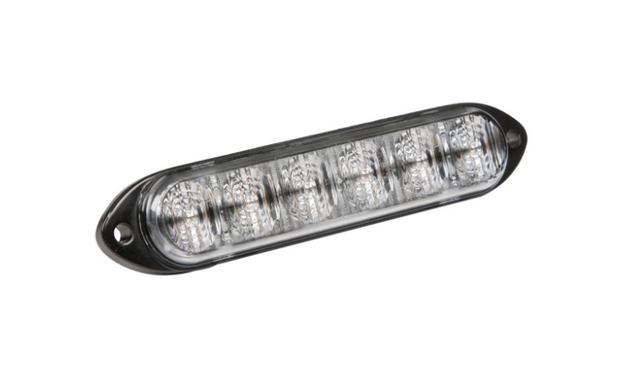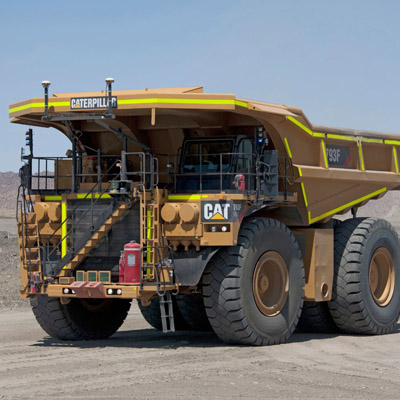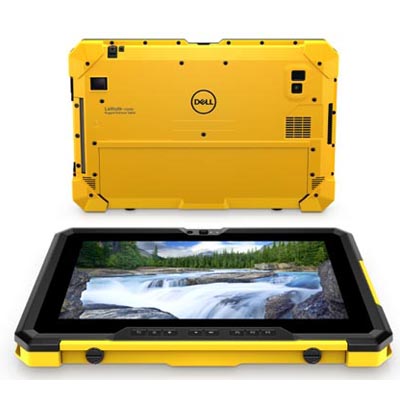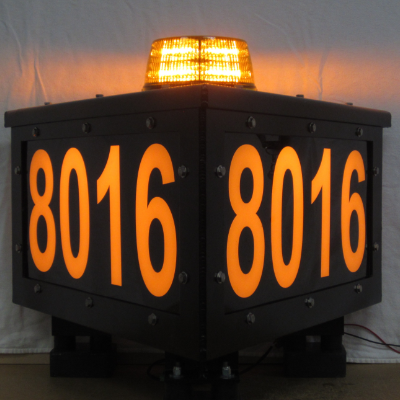Upgrading LED hazard/warning strobe lights: The future is now
LED technology reduces power consumption while increasing the brightness of hazard and warning lights used on mining vehicles

LED technology will play a large role in the future of the mining industry. — Photo courtesy Power PR
Hazard and warning lights are essential to ensuring the visibility and safety of vehicles used in mining, such as earth movers, bulldozers, excavators, load trucks, among others. Whether it’s directional lighting, strobes or clearance markers, these lights warn of a potentially hazardous activity or situation.
As the lighting world continues to transition to LEDs, these hazard and warning lights are now available in low-electrical-consumption, long-life models that far exceed traditional halogen or gas-discharge options.
Making this move even more attractive for fleet and operations managers are the plummeting prices of LED technology, which have decreased to the point that many vehicles that require Class 2 lights are instead being outfitted with brighter, Class 1 options given the minimal price differential.
“Today, the entire hazard and warning light industry is undergoing a significant sea change, namely, the industry’s shift to LED technology,” said Chris Cammack of Grote Industries, a U.S.-based manufacturer of vehicle lighting and safety systems that has offered warning strobe lights for over 20 years, including an array of LED models.
“The reason for this migration comes down to three factors: energy efficiency, longer service life and brightness,” said Cammack. “LEDs consume less power than any other lighting technology on the market and are powered by low voltage, allowing for minimal draw of electrical current from the vehicle’s battery.”
By contrast, halogen lights draw an excessive amount of current, which can eventually lead to draining the vehicle’s battery. In addition, they are known for poor energy efficiency, with halogen lights losing as much as 95 per cent of their energy to heat.
Gas-discharge strobe lights are equally inefficient. However, unlike halogen lights, it is not due to excessive current draw but instead to the intense and concentrated heat generated by the strobe, which can significantly shorten the service life of the flash tube.
LEDs, on the other hand, consume only 25 to 35 per cent of the power of gas-discharge strobe and halogen lights. As a result, LED strobe lights have a service life that is 10 times longer, often lasting 70,000 hours or more.
With most of the world transitioning to LEDs, the quality has also continued to improve as well. In the early days of LEDs, they were not bright enough to meet requirements for luminous intensity of hazard and warning lights, measured in candelas. However, technology has advanced and LEDs are now as bright—if not brighter—than the average strobe or halogen light.
“LEDs today are much brighter,” said Cammack. “Today, they are more than bright enough to meet the SAE standard for candela over 100 feet.”
Another barrier to early adoption was the initial price point, another aspect that has dramatically changed in the past decade, Cammack said.
“The cost to upgrade to LED lights was prohibitive, at least initially,” explained Cammack. “Fortunately, the prices have come down significantly in the past 10 years, and now they are about the same.”
In fact, Cammack believes LED models will soon become less expensive as fewer manufacturers make models with outdated technology. Companies like Grote have phased out other technologies in favor of LED only.
“Fewer companies are manufacturing gas-discharged warning lights, so the price of those units is actually going up,” Cammack said. “In a couple of years, it will actually cost more for gas-discharge or halogen lights.”
For manufacturers such as Grote, the options are virtually unlimited. The company offers hidden strobe lights, flexible base strobes and directional lighting specifically for the mining industry. Most of the company’s LED offerings only draw 0.4 to 0.35 amps at 12 VDC. These lights are specifically designed to perform regardless of vibration, shock, dust or corrosive conditions.
When upgrading to LED lights, Cammack said it is important to be cautious when purchasing inexpensive, imported products. Although they may be cheaper initially, some overseas suppliers utilize lower quality LED components. Moreover, it can become an issue if warranty claims arise.
For more information, visit www.grote.com/warning-hazard.




